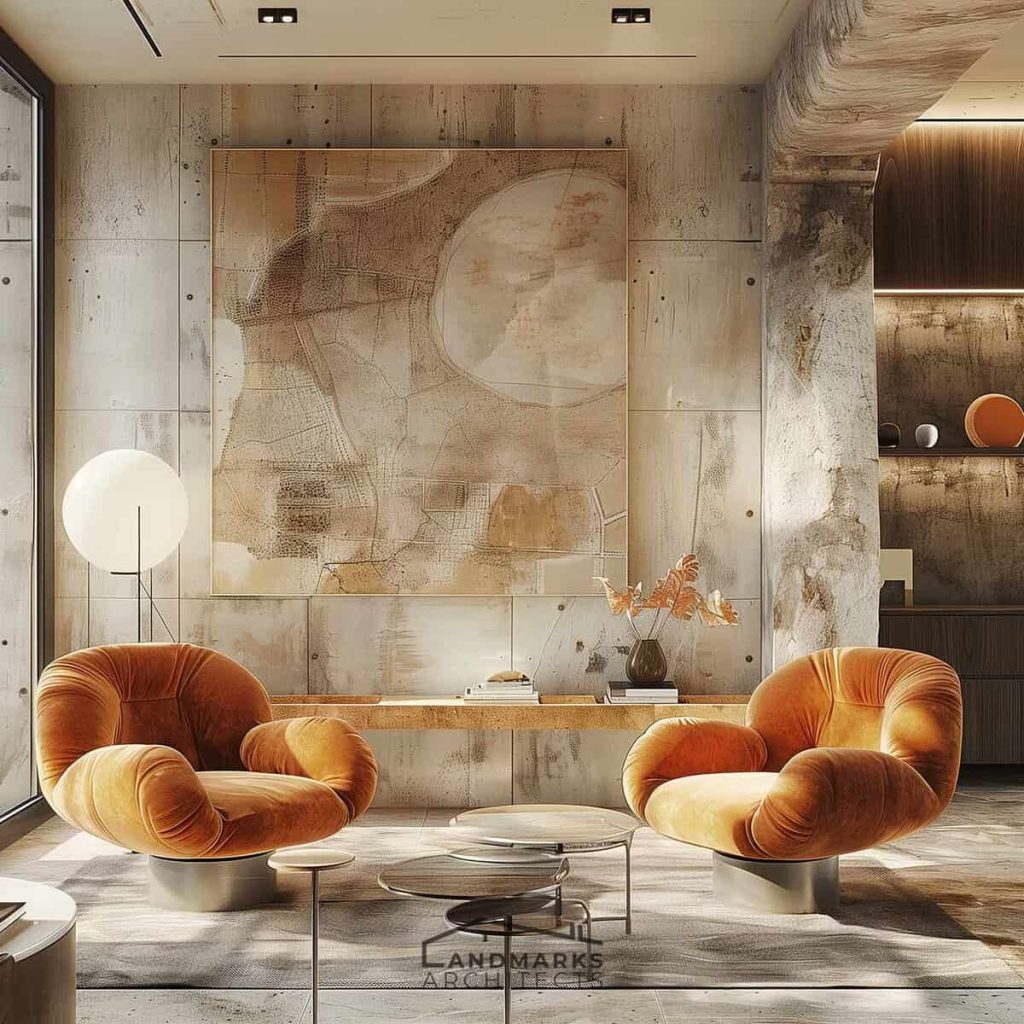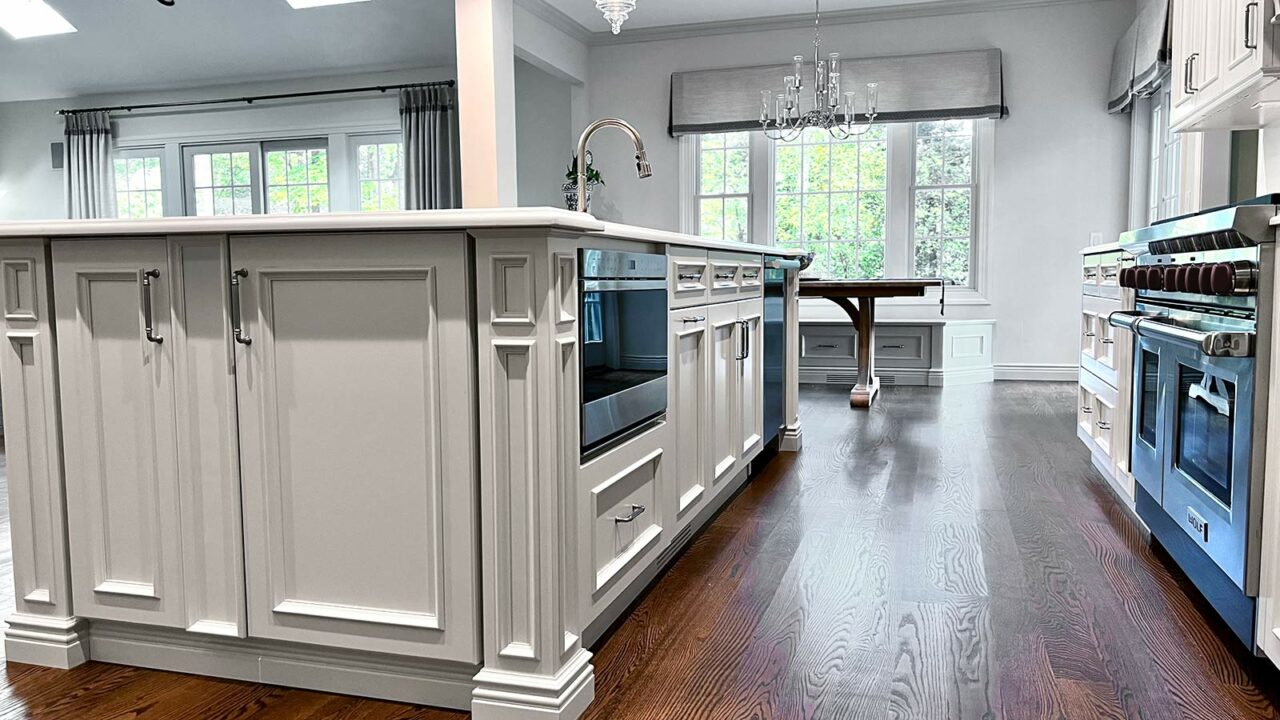Discover How Smart Interior Design Brings Elegance to Everyday Living
Smart interior design is a powerful tool that transforms living spaces into beautiful, functional, and comfortable environments. It seamlessly blends aesthetics with practicality, creating a space that not only looks good but enhances daily living. The essence of smart interior design lies in understanding the way people interact with their surroundings and using that knowledge to create spaces that cater to both style and functionality. One of the key aspects of smart interior design is the ability to utilize space effectively. Whether it is a small apartment or a spacious home, a well-designed interior maximizes every inch. This can be achieved through the use of multi-functional furniture, clever storage solutions, and layouts that promote fluid movement. For instance, a coffee table that doubles as a desk or a sofa that transforms into a bed allows homeowners to make the most out of their limited space. Smart storage options such as built-in shelves, hidden cabinets, and under-bed storage keep the space organized and clutter-free, which in turn creates a sense of calm and relaxation. Color plays a significant role in smart interior design, as it has the power to influence mood and perception.

Neutral tones like whites, grays, and beiges are often used to create a serene and timeless backdrop. These colors allow for versatility and can easily be paired with bold accent pieces such as pillows, artwork, or furniture. On the other hand, vibrant colors such as deep blues, greens, or rich earth tones can add warmth and energy to a space, making it feel inviting and alive. The key is finding the right balance that aligns with the homeowner’s personality and lifestyle. Lighting is another essential component of smart interior design. Proper lighting can transform a room, highlighting key design features while enhancing the overall ambiance. Natural light is often prioritized in smart designs, with large windows or skylights bringing in daylight and connecting the indoors with the outdoors. Artificial lighting, on the other hand, is used strategically to create atmosphere, direct attention, and add depth. Layered lighting with a combination of ambient, task, and accent lights ensures that a space is both functional and aesthetically pleasing, whether it is for cooking, reading, or simply relaxing after a long day. Technology has also become a key player in smart interior design. With the rise of smart homes, technology is seamlessly integrated into the design to improve convenience and comfort.
Smart thermostats, voice-controlled lighting, automated window treatments, and advanced entertainment systems are just a few examples of how technology is enhancing interior spaces. These innovations not only make life easier but also elevate the luxury and sophistication of the space. Finally, the use of textures and materials plays a crucial role in creating an elegant and tactile experience. Soft fabrics like velvet, silk, and linen add warmth and comfort, while sleek materials such as glass, metal, and marble contribute to a more polished and refined look. Combining these different textures creates a dynamic environment that feels both inviting and stylish. In conclusion, smart interior design is about more than just decoration; it is about creating a space that works for its inhabitants while offering elegance and comfort. By focusing on functionality, aesthetics, lighting, technology, and materials, smart design transforms everyday living into an extraordinary experience on dizajn enterijera.


